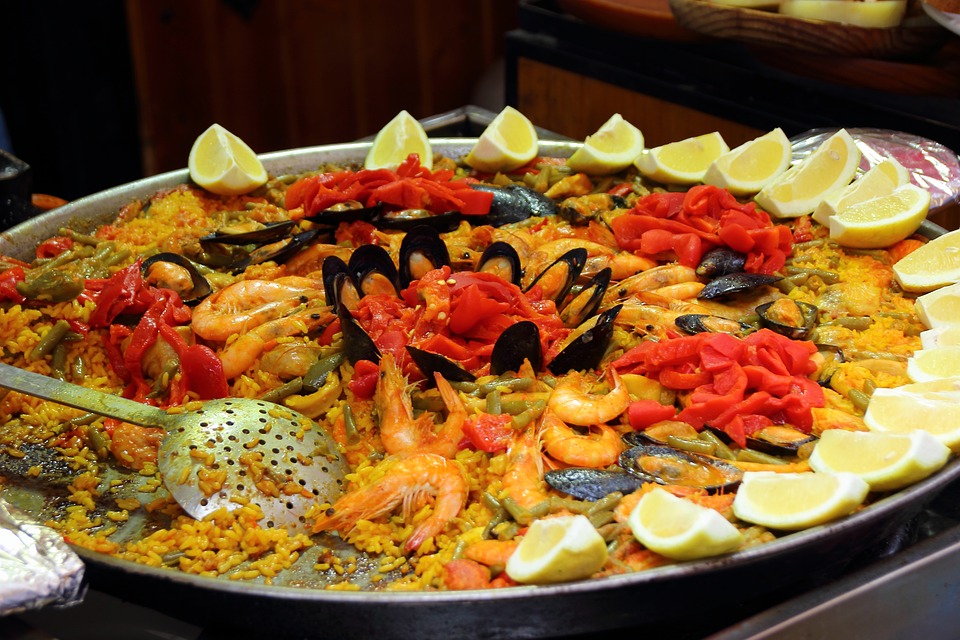Introduction
Vilanova i la Geltrú, a charming coastal town in Catalonia, Spain, is a treasure trove of architectural marvels that take visitors on a journey through its rich history. From medieval castles to modernist masterpieces, this town offers a blend of architectural styles that showcases its diverse heritage.
The Old Town
One of the highlights of Vilanova i la Geltrú is its beautifully preserved Old Town. Cobbled streets lined with colorful townhouses and historic buildings give visitors a glimpse into the past. Casa Tarradellas, a medieval fortress converted into a private residence, stands as a testament to the town’s medieval roots. Another notable building is the Church of San Antoni, a stunning example of Gothic architecture.
The Neoclassical Palace of the Marquis of Alfarràs
Built in the 18th century, the Neoclassical Palace of the Marquis of Alfarràs is a true gem of Vilanova i la Geltrú. Its elegant facade, adorned with intricate reliefs and statues, commands attention. Currently, the palace serves as the Town Hall, welcoming visitors with its grandeur and serving as a reminder of the town’s noble past.
The Modernist Route
Vilanova i la Geltrú is part of the famous Catalan Modernist Route, a trail that takes visitors through the legacy of renowned architect Antoni Gaudí and his contemporaries. In Vilanova, the most notable modernist building is the Ateneu Vilanoví. This cultural center showcases the extravagant use of ceramics and sinuous lines that are characteristic of the Modernist style.
The Railway Station Monument
Visitors arriving by train are greeted by the impressive Railway Station Monument. Designed by the architects Jeroni Martorell and Antoni Ferrater, this grand structure fuses various architectural styles, including Gothic, Neoclassical, and Modernist influences. The station is an architectural masterpiece that captures the spirit of the Industrial Revolution.
The Lighthouse Museum
Situated at the end of the town’s picturesque promenade, the Lighthouse Museum is housed in a former lighthouse that dates back to the 19th century. The museum offers a fascinating insight into Vilanova’s maritime history and the role of lighthouses in navigation. Visitors can climb to the top of the lighthouse for panoramic views of the town and the Mediterranean Sea.
The Historic Shipyard
Another architectural marvel of Vilanova i la Geltrú is its Historic Shipyard. Established in the 18th century, this shipbuilding facility played a crucial role in the town’s economy. Today, it has been transformed into an open-air museum where visitors can explore the remains of the shipyard and learn about the town’s maritime heritage.
The Maritime Neighborhoods
Vilanova i la Geltrú’s unique charm extends to its maritime neighborhoods, such as the Fisherman’s Quarter and the Ribes Roges area. These neighborhoods feature traditional fishermen’s houses and picturesque beachfront promenades. Walking through these areas offers a glimpse into the town’s fishing traditions and its close relationship with the sea.
FAQs
What is the best time to visit Vilanova i la Geltrú?
The best time to visit Vilanova i la Geltrú is during the spring and summer months when the weather is warm and sunny. This allows visitors to fully enjoy the town’s outdoor attractions and activities.
Are there guided tours available to explore the architectural marvels?
Yes, there are guided tours available that take visitors on a comprehensive journey through Vilanova i la Geltrú’s architectural heritage. These tours provide in-depth insights into the history and significance of each site.
Are there any festivals or events that celebrate the town’s architecture?
Yes, Vilanova i la Geltrú hosts various festivals and events that celebrate its architecture. The Modernist Fair, held annually, showcases the town’s modernist buildings through exhibitions, lectures, and artistic performances.
